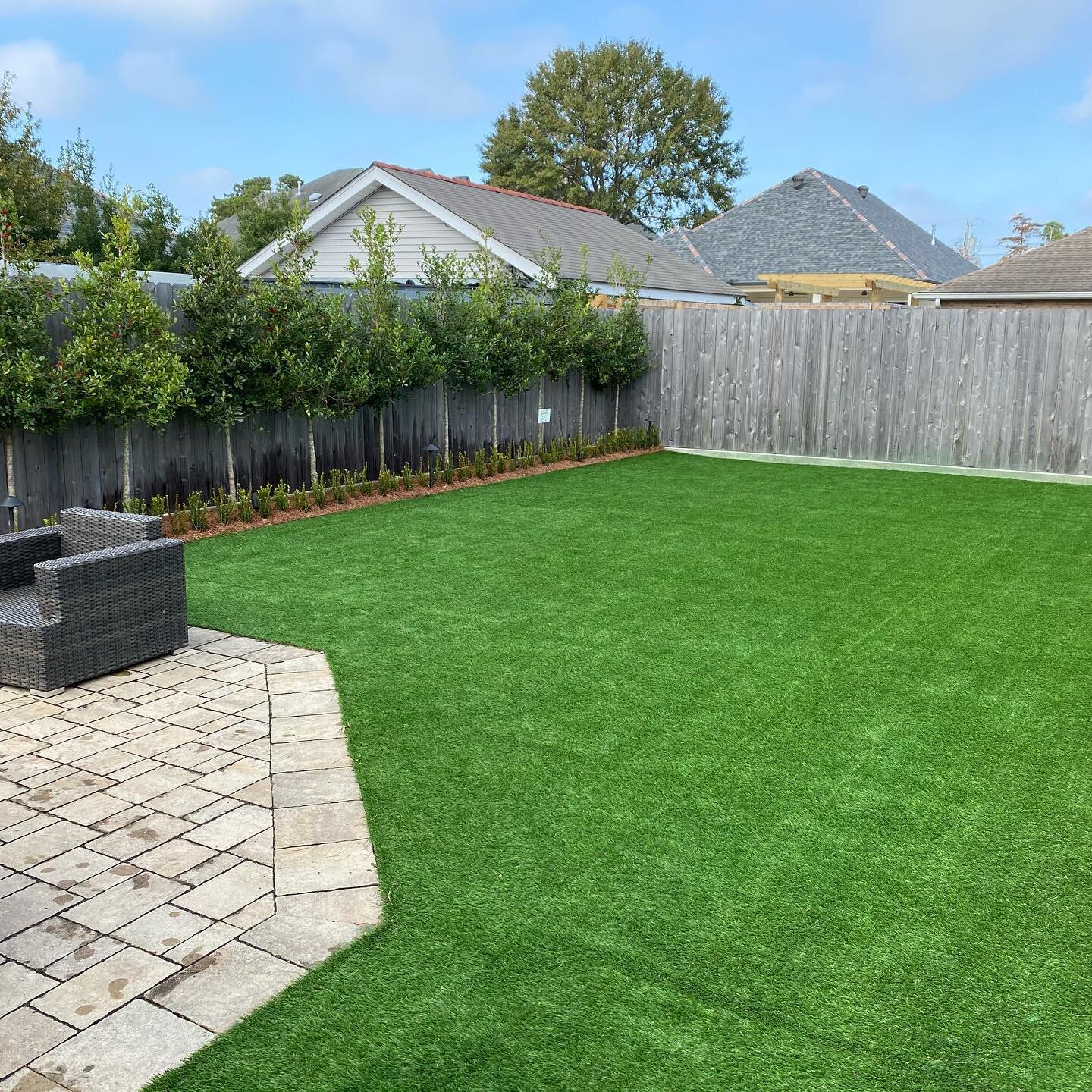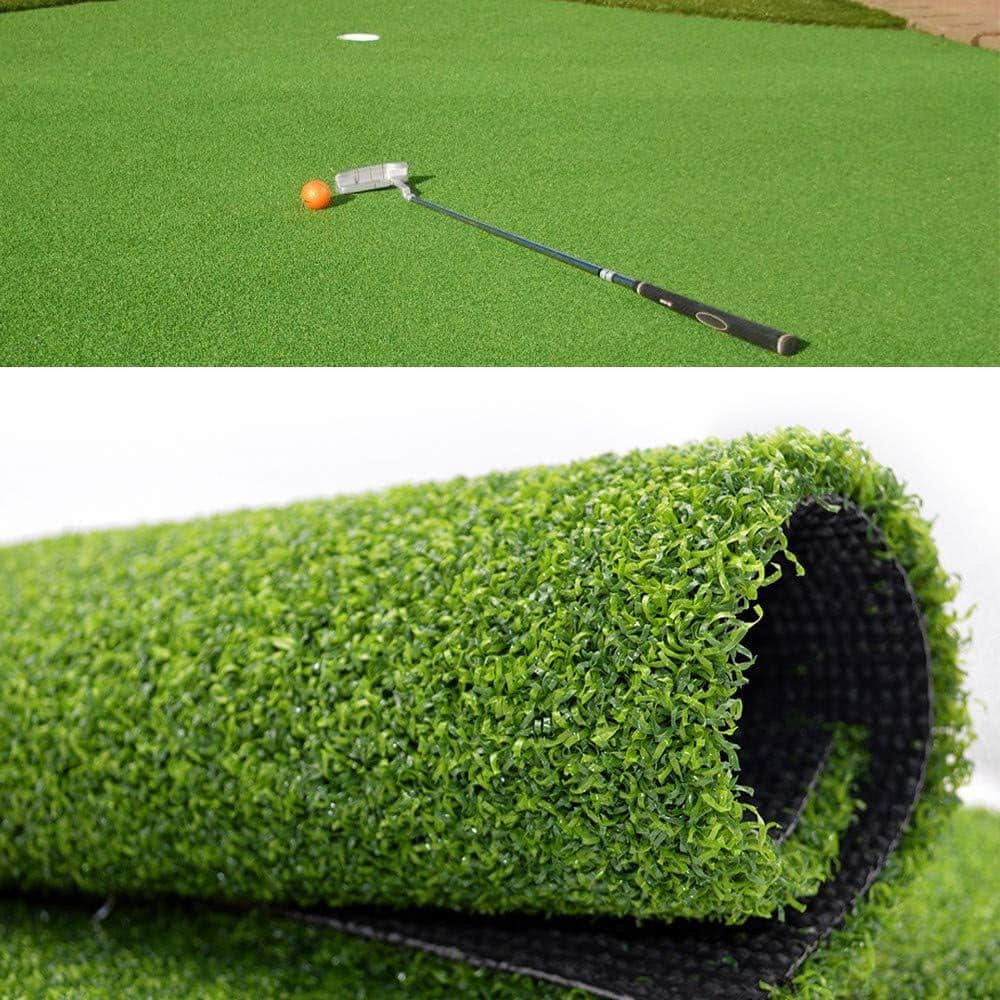Look Into the Environmental Advantages of Opting for Synthetic Grass Solutions
The fostering of artificial turf solutions offers an engaging opportunity to address pressing ecological challenges. By dramatically decreasing water usage and reducing the application of damaging chemicals, these choices not just advertise sustainable landscaping yet additionally secure neighborhood environments.
Water Preservation Advantages
One of the most substantial benefits of man-made turf is its capacity to save water. In comparison, fabricated grass does not need watering, substantially decreasing the total need for water sources.
By getting rid of the demand for routine watering, artificial turf adds to lasting landscape techniques and helps minimize the environmental impact of extreme water intake. The conservation of water expands to the decrease of overflow, which can lead to soil disintegration and river contamination.
Furthermore, the installation of fabricated grass enables towns and property owners to designate water sources much more efficiently, concentrating on vital usages such as alcohol consumption water and farming. The change towards synthetic grass not only promotes liable water use but also lines up with wider ecological objectives targeted at protecting natural resources.
As neighborhoods significantly prioritize sustainability, the water preservation advantages of artificial turf provide an engaging instance for its fostering in commercial and property landscaping tasks.
Decreased Chemical Use
The shift to man-made turf substantially reduces the reliance on chemical treatments typically used in natural yard upkeep. Typical lawn management usually includes the application of plant foods, chemicals, and herbicides to advertise development and control insects. These chemicals can pose dangers to human health and wellness, neighborhood wildlife, and the environment, contributing to soil and water contamination.
In comparison, fabricated grass removes the demand for these unsafe materials. By minimizing the launch of artificial compounds into the ecosystem, fabricated lawn promotes healthier soil and water systems.
In addition, the lack of chemical overflow connected with synthetic grass installments assists secure local rivers from air pollution, supporting aquatic life and keeping biodiversity. Phoenix turf companies. As communities significantly prioritize lasting methods, selecting artificial turf provides a viable solution that straightens with environmental conservation goals. With this shift, homeowner can enjoy rich eco-friendly spaces without jeopardizing environmental health and wellness, paving the means for a much more sustainable future
Reduced Carbon Impact

Moreover, the installation of synthetic grass can cause substantial water preservation. All-natural lawns call for significant amounts of water for irrigation, which not only adds to the carbon footprint related to water extraction and treatment however additionally strains local water resources. In comparison, synthetic grass requires very little maintenance, needing no watering, thus dramatically reducing water use and its connected power prices.
Additionally, the long life of synthetic grass adds to its lower carbon influence. With a life-span of up to 15 years or even more, the demand for constant replacements is reduced, leading to less waste and lower energy intake in production and dealing with typical turf choices. Overall, man-made grass provides a sustainable choice for environmentally additional hints aware landscape design.
Habitat Conservation
Habitat preservation is a vital consideration in the argument over landscape design choices, particularly when comparing synthetic grass to all-natural lawn. All-natural yard lawns often need considerable upkeep, including making use of plant foods, chemicals, and herbicides, which can detrimentally influence regional communities. These chemicals can seep into the dirt and waterways, hurting indigenous vegetation and fauna and interrupting neighborhood environments.
In contrast, synthetic grass presents a chance to lower the eco-friendly impact of landscaping. By selecting artificial turf, home owners can minimize the interruption of natural habitats associated with traditional grass treatment practices. Synthetic lawn eliminates the requirement for unsafe chemicals, therefore protecting close-by wildlife and maintaining the honesty of bordering environments. Furthermore, the installation of fabricated grass can bring about the conversion of former grass locations into even more biodiverse landscapes, such as pollinator gardens or native plant areas, which can sustain neighborhood wild animals.
Ultimately, the change to fabricated grass not only conserves water and minimizes upkeep initiatives yet additionally fosters a more unified partnership between human activities and the i loved this native environment, promoting habitat conservation while doing so.
Long-Term Sustainability
Long-term sustainability is a vital consider reviewing the advantages of synthetic grass over traditional grass lawns. Among one of the most substantial advantages of synthetic grass is its durability; it can last up to 15-20 years with marginal upkeep, whereas natural turf calls for regular reseeding and replacement. This durability minimizes the demand for constant sources, such as water, fertilizers, and chemicals, which are crucial for maintaining a healthy and balanced turf lawn.
Furthermore, synthetic grass adds to a reduction in carbon discharges connected with yard treatment devices. Standard grass typically need gas-powered mowers, trimmers, and blowers, every one of which add to air contamination. Turf installation phoenix az. In contrast, synthetic lawn gets rid of the need for such tools, advertising a cleaner setting
Moreover, the manufacturing of synthetic grass increasingly makes use of recycled materials, improving its sustainability account. As makers embrace eco-friendly methods, the environmental footprint of synthetic grass continues to reduce.

Conclusion
The fostering of synthetic grass services provides considerable environmental advantages, consisting of significant water preservation, lowered dependence on dangerous chemicals, and a reduced carbon impact. In addition, synthetic grass aids in preserving natural habitats by minimizing land disruption and advertising lasting sustainability via using long lasting products. Collectively, these variables underscore the potential of synthetic grass to add favorably to environmental wellness and supply a sensible option to standard landscape design practices in an increasingly resource-conscious globe.
In contrast, artificial turf does not require watering, substantially decreasing the general need for water sources. By minimizing the launch of synthetic substances into the ecosystem, fabricated grass advertises healthier soil and water systems.
Moreover, the installation of fabricated grass can result in substantial water preservation. In contrast, fabricated grass requires very little upkeep, requiring no watering, thus considerably minimizing water usage and its connected power prices.

Comments on “Leading Phoenix Turf Companies Offering Superior Synthetic Grass Solutions”